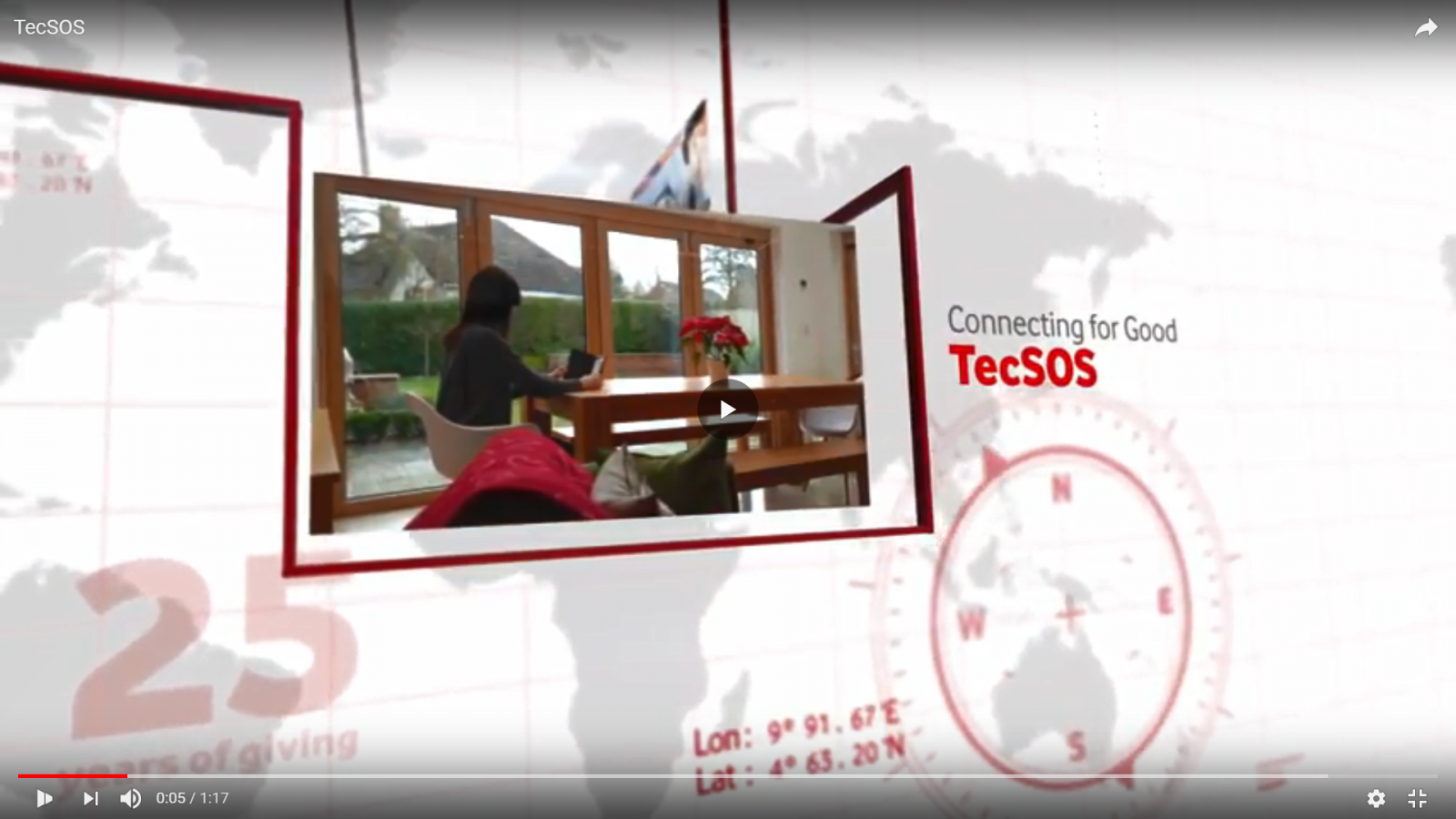Two decades ago, mobile connectivity enabled underserved populations in emerging markets to leapfrog their way past the non-existent landline infrastructure. More recently, mCommerce has enabled financial inclusion for people in these markets. M-Pesa in Kenya revolutionised mobile payments a few years ago, enabling people to bypass traditional banking services altogether which were lacking in infrastructure. Communities that have been locked out of existing systems can very swiftly restore the balance when the right technology presents itself.
Missed opportunities for brands
Digital engagement is a meaningless concept if a disproportionate part of your target audience is not online. With women driving 70-80% of all purchase decisions, the huge gender gap in technology access and usage creates a significant missed opportunity for brands. Research by webfoundation.org indicates that women in emerging markets are 50% less likely to be connected than men of similar education, age, and income. When we factor in the impact of educational differences, the gap becomes enormous. Even where they have equal access, as in several developed markets, women don’t use the internet in the same way as men: they are less present, less vocal and participate less in many online spaces.
This is not a problem that marketers can afford to ignore. Connected audiences are vital to marketers – not just as consumers of products and services, but also as sources of valuable data to inform their strategies. Unless this consumer-generated data is based on a balanced representation of brands’ target audiences, ensuring equal participation from women, it will fail in its task of providing an accurate representation of the world.
Starting anew
As we enter a new era in the life of the internet, developments in AI and voice recognition technology offer a chance to start anew and correct the imbalances of the past. It is crucial to design voice applications with women at the centre, avoiding pitfalls like gender bias in voice recognition, and creating both hardware and software that take into account the specificities in women’s needs, social environments and priorities.
The promise of voice
 Voice has the potential to break down many of the barriers that women face, and in many respects, it seems an intuitively good fit with women’s needs and lifestyles. Most models of behaviour change point to the importance of three factors coming together to create change – motivators, enablers and triggers. It is easy to see how voice can provide all three elements.
Voice has the potential to break down many of the barriers that women face, and in many respects, it seems an intuitively good fit with women’s needs and lifestyles. Most models of behaviour change point to the importance of three factors coming together to create change – motivators, enablers and triggers. It is easy to see how voice can provide all three elements.
1. Women are time-poor, and the ease of voice is a compelling motivator: Everywhere in the world women do more unpaid work than men – cooking, cleaning, laundry, caring for children or the sick or elderly. The nature and intensity of women’s work differ around the world but the difference versus men is true and exists almost everywhere. According to OECD figures, women in India spend six times longer on household tasks compared to men, those in China spend 2.5 times longer, and those in the UK and US have a ratio of around 1.7 times. It is easy to visualise how hands-and-eyes-free technology can slot neatly into the lives of multitasking, super-busy women.
People speak three times faster than they type, at 150 spoken words per minute. In an award-winning JWT report featuring insights from Kantar and other WPP agencies on the future of voice technology, Arpapat Boonrod and Prachawan Ketavan make the point that voice dramatically improves cognitive ease – i.e. the capacity to complete tasks with fewer mental resources, in a system 1 (rather than system 2) mode.
There are other compelling motivators also, such as safety. With AI that can detect distress in human voices, safety could be a transformative feature in voice-enabled devices. Learning new skills is another example that would be a motivator for women who are home-bound due to socio-cultural norms or their role as primary care-givers for children.
2. Voice enables intuitive learning: For women who have been shut out of technology, learning to handle text-based interfaces can feel daunting and create a vicious cycle of non-engagement. In emerging markets, women are more likely than men to have literacy barriers as well. Voice-based learning is intuitive: voice is the foundation of how we learn, and we can hear and speak before we learn to read and write. This opens the door for women who feel intimidated by technology due to lack of confidence, know-how, or literacy.
3. Triggering voice adoption by women:  The triggers for voice adoption will come from brands that can develop applications that genuinely speak to the lives and needs of women. This means going beyond the stereotypical fashion, beauty and cooking aids, and thinking comprehensively about women in their multiple roles – as managers of their homes, caregivers, shoppers, educators, breadwinners – as well as the anxieties and challenges that are unique to them.
The triggers for voice adoption will come from brands that can develop applications that genuinely speak to the lives and needs of women. This means going beyond the stereotypical fashion, beauty and cooking aids, and thinking comprehensively about women in their multiple roles – as managers of their homes, caregivers, shoppers, educators, breadwinners – as well as the anxieties and challenges that are unique to them.
 In recent times, brands with a gender-inclusion agenda have often misfired and faced a backlash on initiatives that seem to spring from a stereotyped and limited view of women. Brands in emerging markets have often done better with respect to gender-attuned applications of technology. Tata Sky aimed their Active Learning channel in India at women wanting to learn English, and Idea Cellular has consistently adopted a strategy of empowering underprivileged segments which includes educating young girls.
In recent times, brands with a gender-inclusion agenda have often misfired and faced a backlash on initiatives that seem to spring from a stereotyped and limited view of women. Brands in emerging markets have often done better with respect to gender-attuned applications of technology. Tata Sky aimed their Active Learning channel in India at women wanting to learn English, and Idea Cellular has consistently adopted a strategy of empowering underprivileged segments which includes educating young girls.
While some of these issues are more prominent in emerging markets, it is also true that many problems faced by women are similar around the world. Vodafone has a range of initiatives focused on using connectivity to empower women, in emerging as well as developed markets: their ‘Women First’ programme in Turkey strives to overcome barriers to mobile ownership among women by supporting economic empowerment opportunities that encourage them to subscribe. In the UK, TecSOS is a safety app that protects women from domestic abuse. It is easy to see how voice recognition technology can multiply the impact of initiatives such as these.
video link: https://www.youtube.com/watch?time_continue=1&v=awpoTsEoZo4
About Author

Anjali Puri, Global Director, Qualitative Offer and Expertise, Kantar, Insights Division
Anjali is responsible for developing the qualitative offer across Kantar’s Insights Division (which includes Kantar TNS), providing clients with cross-cultural insights and leading new thinking, particularly in the areas of consumer choices, behaviour change and social media.


